Corrosion And TPMS
It is that time of year again when the affects of road salt, deicers and potholes start to take their toll on vehicles. The latest victims of the salt belt are TPMS sensors and valve stems. The corrosion we are all most familiar with is that which affects steel, iron’s most common alloy. While just the presence of oxygen in the air, along with some moisture, is enough for something made of steel to begin to corrode, most of the time it is accelerated by some other environmental factor, which causes the most problems.
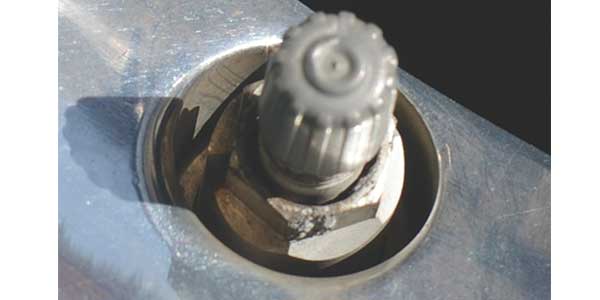
VIDEO: Replacing TPMS Components Along With The Tire
Andrew Markel explains the importance of replacing TPMS components along with any tire replacement to the integrity and safety of the vehicle. Sponsored by ATEQ.
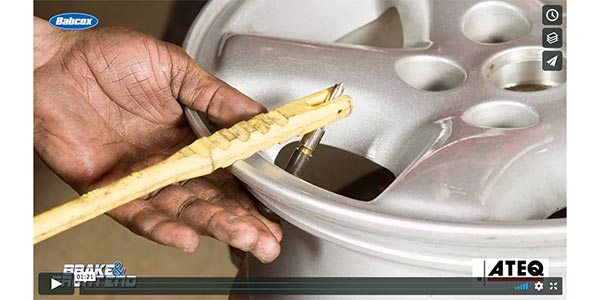
VIDEO: Determining Suspension Issues From Reading Tread Depth
You can scan an engine for problems, but can you scan a tire? Andrew Markel shows how measuring tread depth can reveal several conditions of suspension and inflation. Sponsored by ATEQ.
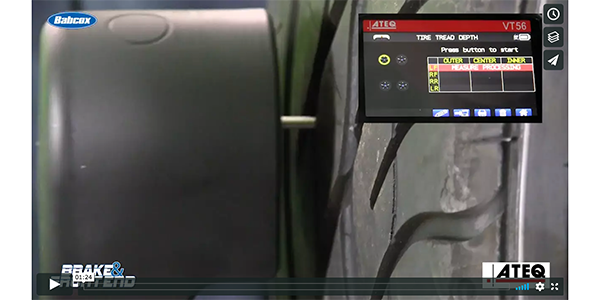
Educating Consumers On Tire Pressure And TPMS
Just as you service your customers’ TPMS sensors at the start of winter, you should also be inspecting them and talking to your customers about their sensors come springtime. Make sure you explain not only the benefits of TPMS sensors, but also the importance of the sensors and regularly checking their tire pressure.
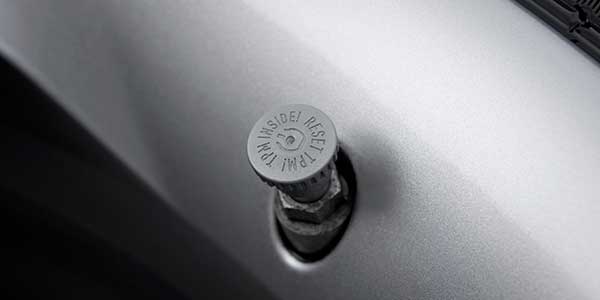
VIDEO: TPMS Training Isn’t Just For Technicians
TPMS training shouldn’t be restricted to the technicians on your staff. Andrew Markel explains why front counter employees should also be educated in TPMS procedures. Sponsored by ATEQ.
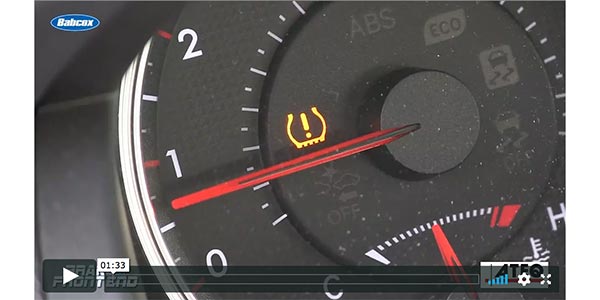
Audi TPMS Diagnostics
Audi Tire Pressure Monitoring Systems (TPMS) are some of the easiest to reset and relearn. The automaker has used both indirect and direct systems during the past decade. Both systems use the same relearn procedure that involves accessing the TPMS settings through the driver information center or infotainment system. The only difference between direct and indirect systems is the last step that may involve driving continuously for 10 minutes or allowing the vehicle to sit for either 10 or 20 minutes.
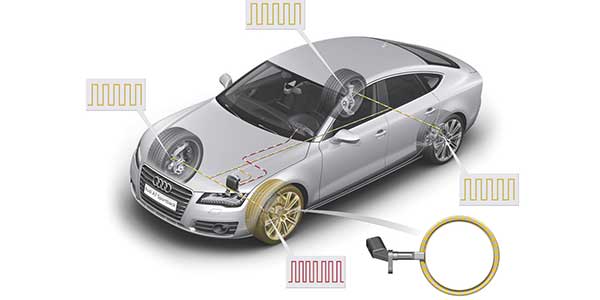
Using A TPMS Tool As An Information Database In The Bay
It might be tempting to think that your shop does not need to invest in a modern TPMS tool, but newer TPMS tools are a repository of information.
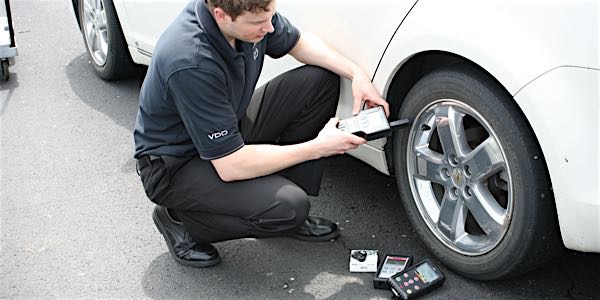
VIDEO: Probing A Wheel Speed Sensor Harness
Andrew Markel explains the proper way to probe a wheel speed sensor harness without damaging the insulation of the harness. Sponsored by BCA Bearings.
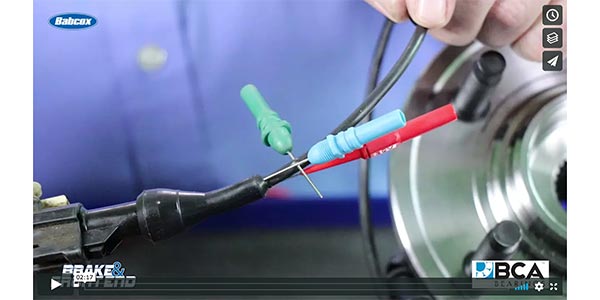
TPMS: Taking Temperature and Tire Pressure Into Account
Winter is in full swing, which means shops in cold weather cities might see an influx of illuminated TPMS lights. However, many of those lights might be false alarms. The reason? Look no further than the thermometer.
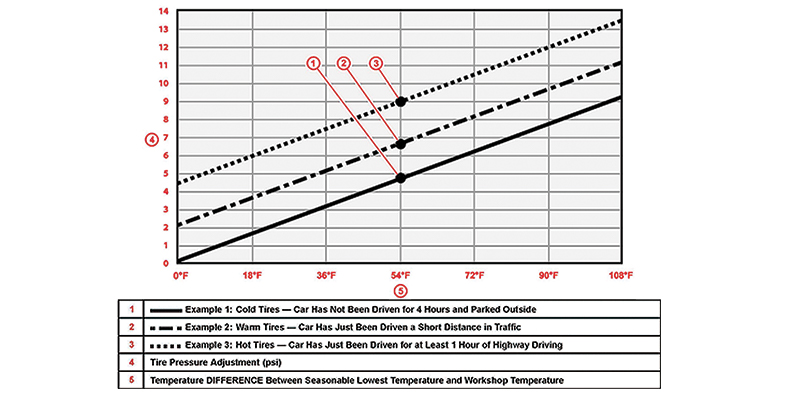
TPMS Theory & Operation: Sensor Signals And Triggers
A typical wheel-mounted TPMS sensor will transmit data about tire pressure and temperature. Newer, tire-mounted models can also gauge acceleration and, in some cases, the direction that the wheel is spinning. Some systems display tire pressure by location on the instrument panel, but most do not.

TPMS Intel On VW Applications
Before any relearn or reset procedure is performed on a direct or indirect system, set the tires to the correct pressure. When the system is reset, it uses this pressure as the reference pressure. If it is not correct, the system might assume an incorrect pressure is the correct pressure.

TPMS Service Kits: Key To TPMS Maintenance
Anytime a tire is removed from the rim of a vehicle, a new TPMS kit must be installed. The existing sensor kit could be brand new or years old, but every tire removal should include the replacement of TPMS sensor kit.

